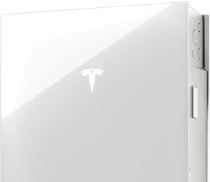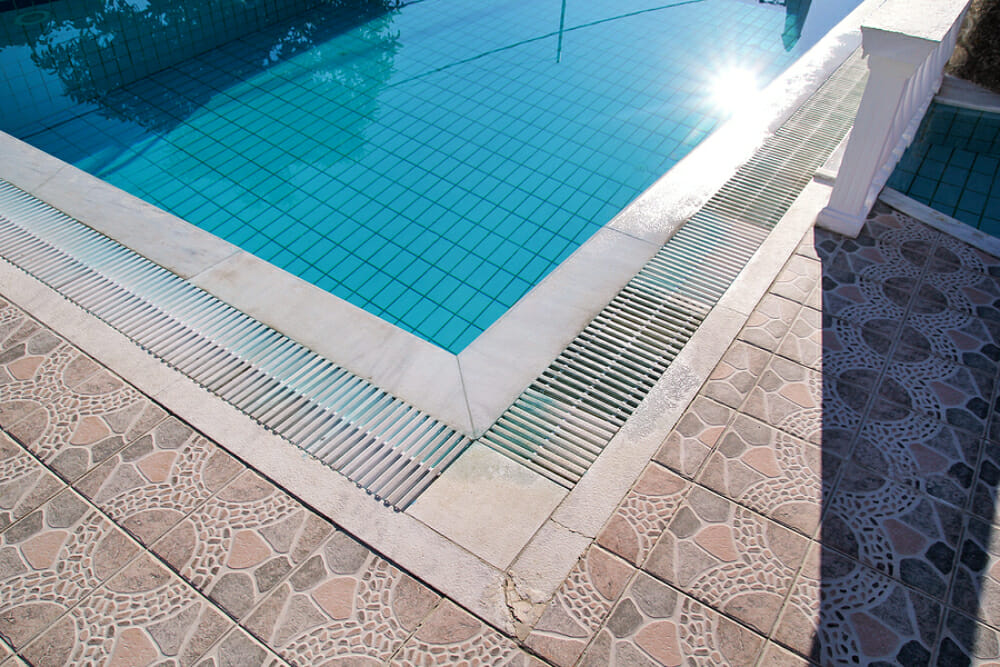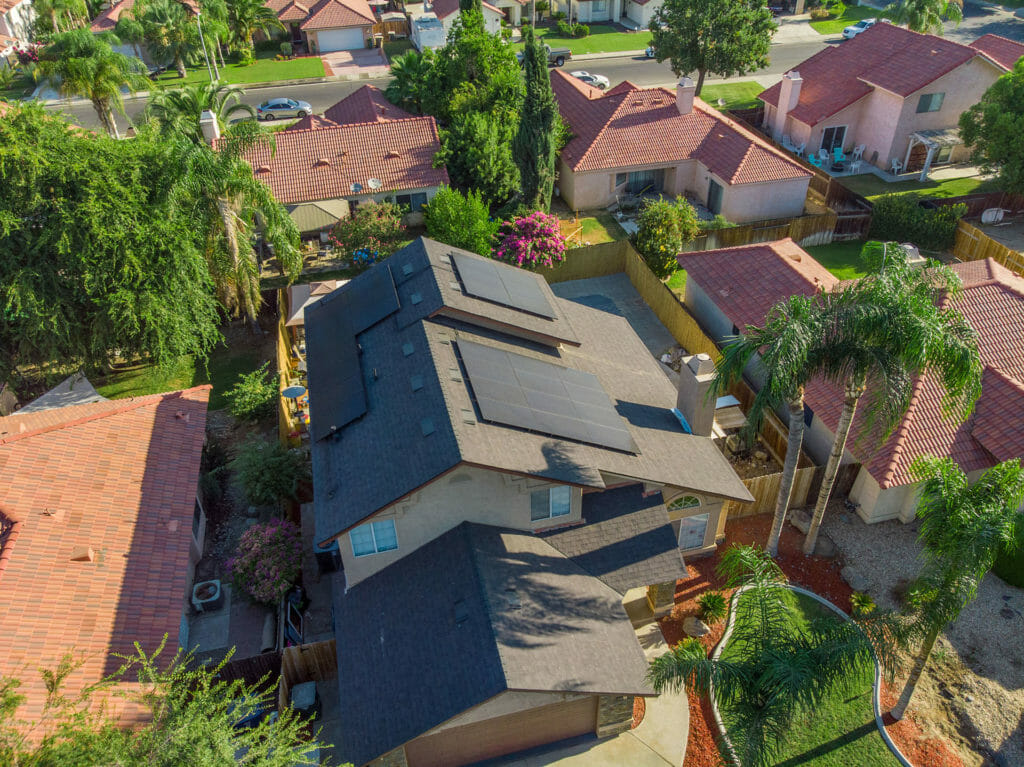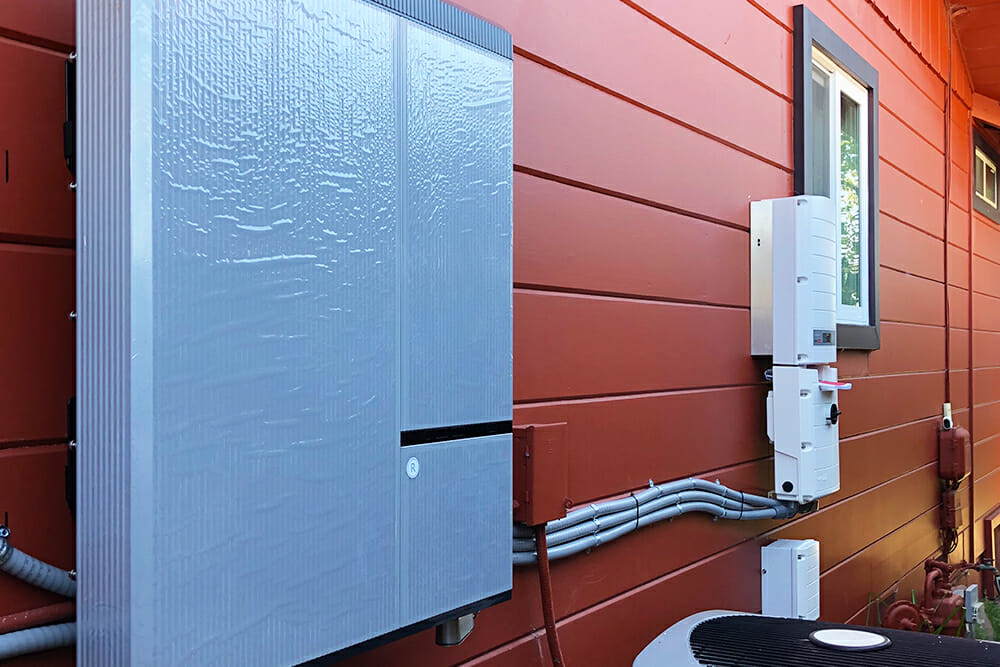Solar owners who pay attention to their system’s monitoring application and power bills are often quick to notice a drop in their system’s energy production. After you’ve enjoyed months or years of significant energy savings, a costly energy bill can make you go, “What’s wrong with my solar system?”
While the occasional pricey bill can be chalked up to external variables, such as running your air conditioner 24/7 during a heat wave, energy production dips could be a sign that there is an issue with your solar panels or solar components. It’s important to consider a number of factors before concluding that your solar system is not operating properly.
Here are some common reasons that your solar energy production might have decreased, and ways to go about repairing your system if it is malfunctioning.
Many solar installations come with 24/7 system monitoring—use this to compare energy trends.
If you suddenly receive a higher-than-average energy bill, be sure to check your solar monitoring app and review recent energy trends.
You should have the option to view energy output over the life of the system. Compare the system’s production during the month in question with the same month in the previous year. Was the energy production similar?
If you don’t have years of data to refer back to, you can at least look at the last few months. If you’re shifting into summer, production should be going up, whereas if you’re headed into fall and winter, production should be dropping. But these transitions are usually fairly smooth. If you see a sudden dip in production, the next step is to determine why.
Cloudy weather, unusually high energy demand, and other variables can cause solar power production to take a hit.
It’s unsurprising that California—one of the sunniest states in the U.S.—is also home to the most solar power systems in the country. Sunlight is an obvious necessity for solar: without sunlight, energy production drops.
Regardless of where you live, if you’re wondering why your solar production dipped in the last month or two, consider the recent weather trends. Was there a lot of cloudy weather over the last few weeks? Searching for the name of your city plus “30 day weather forecast” will lead you to monthly summaries of the weather in your area. Cloudy weather could be the reason your solar system didn’t produce as much energy as expected.

Another thing to consider is the amount of energy you have been using. Although there is abundant sunlight during summer months, high temperatures often require extensive use of your home’s air conditioning. The resulting energy demand may be high enough that it significantly outpaces solar energy production, forcing you to tap into the energy grid more than usual.
While air conditioning is just one example, there are many times when a home might require more energy than a solar system produces. Another instance would be when you arrive home from work in the evening, at the same time the sun is beginning to set. If you typically use home appliances during the evening or night, then you could be forced to use energy from the grid, simply because the sun is no longer out. High energy usage in the evening also coincides with peak time-of-use pricing, which is structured to charge customers higher rates during peak energy hours. This could be why your energy bill is higher than expected.
If clouds or energy usage trends aren’t the culprit, then it’s possible your solar panels need to be cleaned. Your solar panels are made up of tiny photovoltaic (PV) cells that are covered by a layer of glass. If the PV cells become obstructed, they won’t turn sunlight into energy as efficiently as they should. While not all that common, a buildup of debris, such as leaves, twigs, branches, bird droppings, and dirt might be causing your panels to underperform. To clean the top of your solar panels, all you need to do is remove the debris by hand, or spray down the panels with water from a garden hose. You can also contact your solar installation company to schedule a cleaning.
If you have a home battery storage system that can’t seem to keep up with energy demands, it’s probably due to the fact that battery systems have limited storage capacity.
Home battery storage systems are great for further reducing your reliance on the energy grid. But they are not designed to power your home indefinitely.
Most home battery storage systems are considered partial load, meaning that they are designed to power only essential home appliances when solar panels don’t produce enough energy to meet home demand. The capacity of partial-load battery systems varies, but none of them have the capacity to power an entire home.
If you rely solely on your battery storage system when your solar panels don’t meet energy demands, then you’ll wind up paying for energy from the grid after just an hour or two. That doesn’t mean your solar battery isn’t working properly. Solar battery systems that can power an entire home for many hours simply aren’t affordable for most homeowners, which is why partial-load systems are the standard.
Your solar system might need professional repair.
If you’ve exhausted all options and are still concerned about the lack of energy production, then you should fall back on your system’s warranty. Contact the solar company you purchased or financed the system from. The warranty should cover the cost of parts and labor, should repair services be needed.
For homeowners with a solar system that was purchased and installed a number of years ago, there is a chance that the system was bought from a company that has permanently closed. If this is the case, you should call the solar system’s manufacturer, since the warranty still exists, it just can’t be honored by the solar company you purchased it from. Unfortunately, while the manufacturer will cover the cost of replacing malfunctioning components, you’ll have to pay for labor.
You shouldn’t experience many maintenance issues over the lifetime of your solar system. They’re made to work efficiently and reliably. But in cases where energy production drops significantly, it’s important to determine the reason. In the end, energy production dips are often caused by external factors, like inclement weather. But, if you suspect your system is malfunctioning, be sure to contact the solar company you purchased your system from. Replacement parts and labor should be covered under your warranty.
If you have questions about solar system maintenance, contact the experts at Ilum Solar! All of our solar installations are backed by a 25-year performance and manufacturer warranty.





